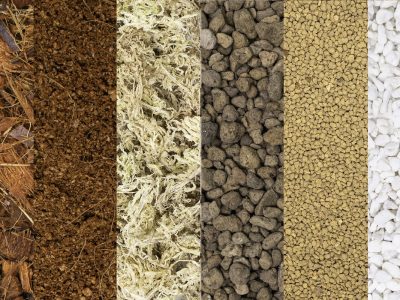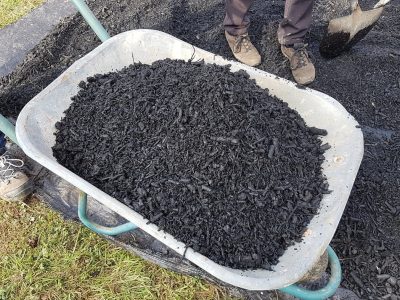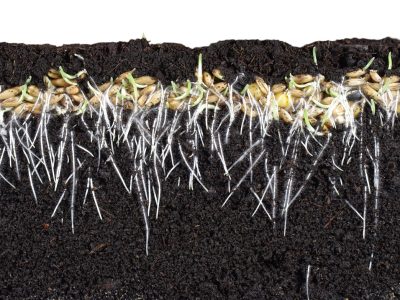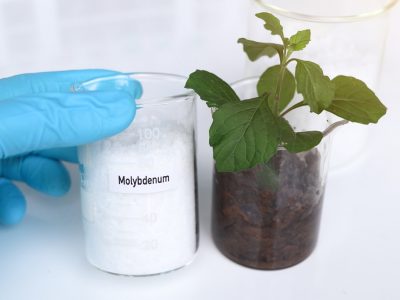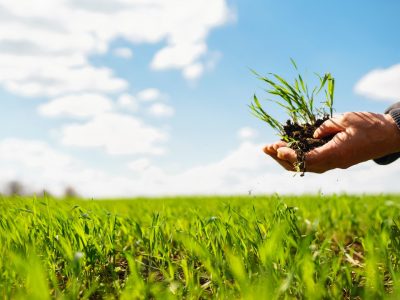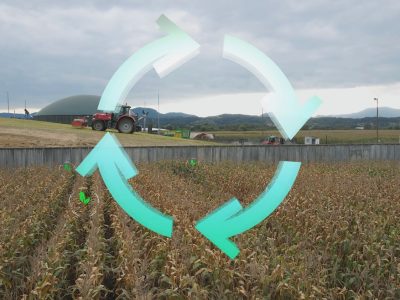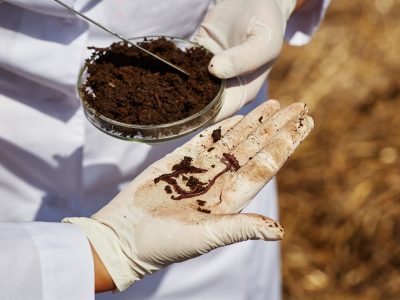Growing media – Properties, benefits and usage
Growing media, also known as growth substrates, play a crucial role in modern horticulture. They provide the necessary support, aeration, moisture and... Read More
What is Biochar and How Can It Improve Your Farm’s Soil Health
Biocharhas gained significant attention in the agricultural sector due to its potential benefits for soil health and sustainability. As part of regenerative... Read More
Mycorrhizae: Boosting Yields Naturally
Mycorrhizae are complex, symbiotic associations between fungi and the roots of plants. The term “mycorrhiza” comes from the Greek words ‘mykes’, meaning... Read More
Molybdenum Matters: How to Enhance Crop Performance
Molybdenum is an essential micronutrient, which plays essential roles in plant development and productivity. However, it often receives less attention compared to... Read More
Biofertilizers in Agriculture:
Biofertilizers are natural products derived from living microorganisms, including bacteria, fungi, and algae. These microorganisms play a crucial role in enhancing soil... Read More
Regenerative Agriculture: A Strategic Approach for Farming
In recent years, there has been a growing interest in regenerative agriculture, a holistic approach to farming that seeks to restore and... Read More
Breaking Ground: The Pros and Cons of Reduced-Till Farming
Agriculture is undergoing a transformation, with sustainability taking center stage. In light of this shift, modern agriculture faces a critical dilemma. It... Read More
Monetizing Sustainability: The business case for carbon sequestration
Monetizing carbon sequestration through carbon farming is an emerging concept that has the potential to provide economic incentives for farmers to adopt... Read More
Soil organisms – promoting soil health
Soil is a complex and dynamic system that supports life on earth. It is teeming with a wide variety of organisms, each... Read More
Certification in agriculture
Certification is a set of standards and requirements that a product must meet in order to be certified. Certification ensures that producers... Read More



